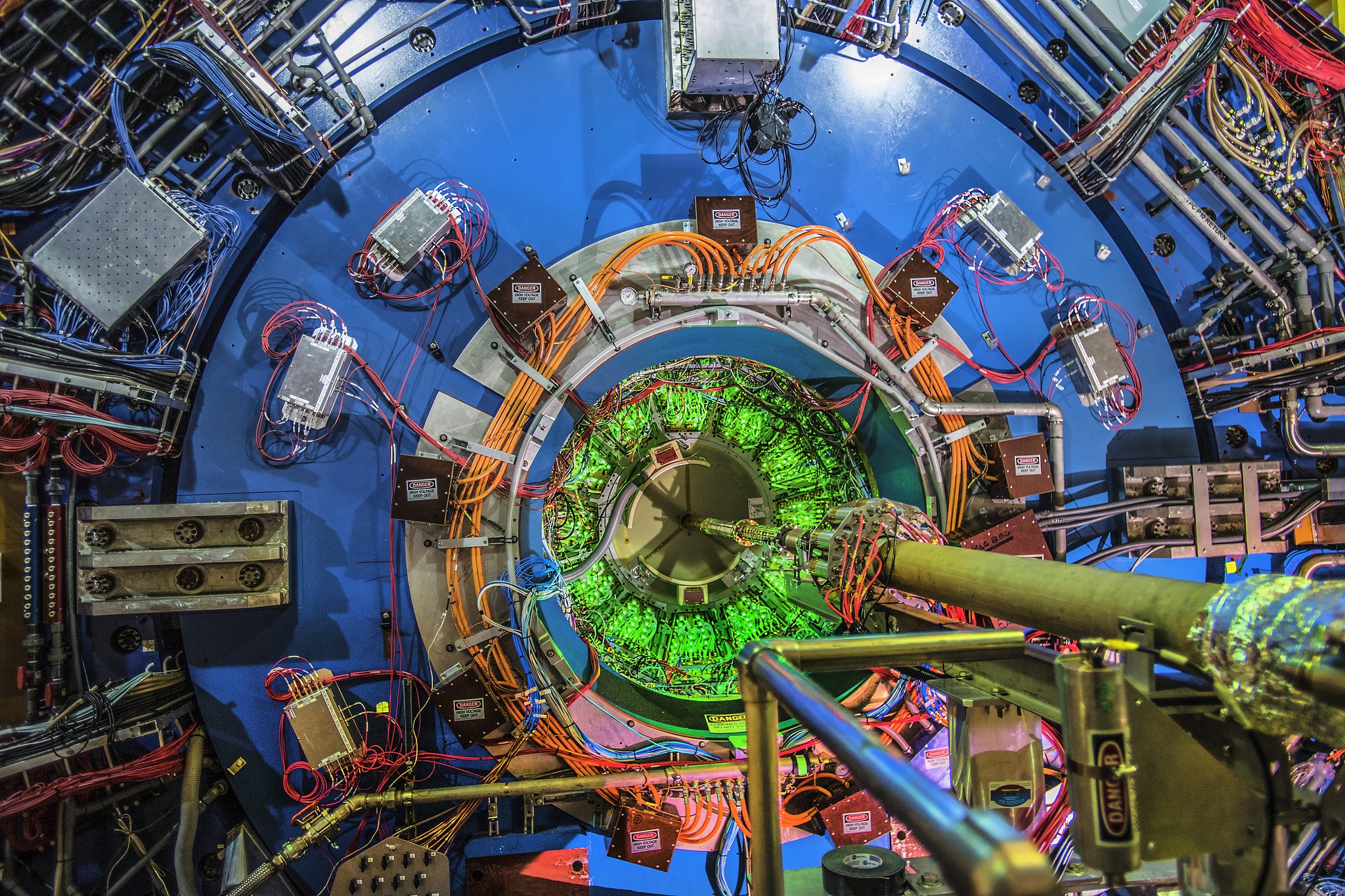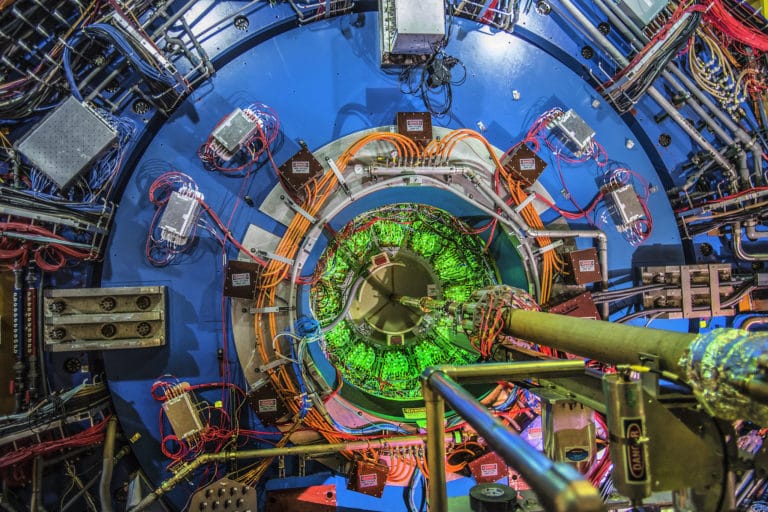
Accelerator & Beam Physics News: Aug–Sept 2020 Roundup
With all the news coming out of the varied worlds of accelerator and beam physics, and the research and industry applications they fuel, we’re putting together monthly news recaps to show you what you’ve missed.
As summer comes to a close, Fermilab has been chosen to lead one of the National Quantum Information Science Research Centers and SLAC scientists invent low-cost ventilators for COVID use, plus PPPL gains funding to advance diagnostics from DOE. Read on to get more on these stories and others.

Here’s what you should know:
Fermilab to lead $115 million National Quantum Information Science Research Center from Fermilab.
“The U.S. Department of Energy’s Fermilab has been selected to lead one of five national centers to bring about transformational advances in quantum information science as a part of the U.S. National Quantum Initiative, announced the White House Office of Science and Technology Policy, the National Science Foundation and the U.S. Department of Energy today. . . .”
SLAC scientists invent low-cost emergency ventilator and share the design for free from SLAC National Accelerator Laboratory
“Menlo Park, Calif. — Researchers at the Department of Energy’s SLAC National Accelerator Laboratory have invented an emergency ventilator that could help save the lives of patients suffering from COVID-19, the disease caused by novel coronavirus SARS-CoV-2. Using standard parts that cost less than $400, the ventilator could be an affordable option when more sophisticated technology is not available, in short supply or too expensive. . . .”
Next-Generation Electron Source Hits the Bullseye for Materials Studies from DOE Office of Science
“This novel lens design will enable the next generation of ultrafast electron sources. These sources will in turn enable new characterization of materials and molecules. They will fill the gap in spatial resolution between static and ultrafast sources. This ability will allow scientists to characterize chemical dynamics at nanoscale dimensions of billionths of a meter. . . .”
Controlling Light to Accelerate Electrons in Just Meters from DOE Office of Science
“Particle accelerators work by accelerating charged particles, such as protons or electrons, at speeds close to the speed of light. They then smash those particles into a target or other particles. High energy physicists study the particles and radiation released in these collisions. However, conventional radiofrequency accelerators are close to the limits of how much energy they can push to particles. Researchers are developing advanced accelerator concepts to reach new energy levels. The flying focus technology could transform accelerators. Because the new concept needs much less space, future accelerators could be many times smaller than the accelerators of today. . . .”